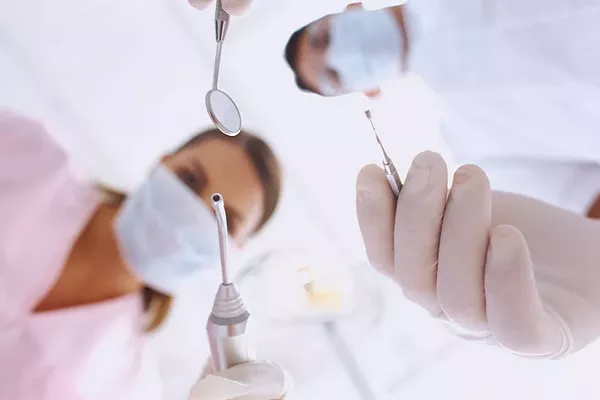After undergoing the often-dreaded wisdom teeth removal, it’s crucial to follow a carefully curated diet to ensure a smooth and speedy recovery. One common question that many patients have is, “How long after wisdom teeth removal can I eat?” In this comprehensive guide, we will explore the optimal timeline for resuming your regular diet post-surgery and delve into the types of foods that promote healing while avoiding potential complications.
Item 1: Immediate Post-Surgery Period
In the initial 24 to 48 hours after wisdom teeth removal, it’s vital to focus on a soft-food diet to minimize irritation and reduce the risk of complications. During this time, consider the following:
1.1. Clear Liquids and Broths:
Start with clear liquids like water, herbal teas, and broths. These not only keep you hydrated but also provide essential nutrients without putting stress on your healing sockets.
1.2. Ice Cream and Sorbet:
Indulge in a soothing treat with ice cream or sorbet. The cold temperature helps reduce swelling, while the soft consistency ensures minimal strain on the surgical sites.
1.3. Applesauce and Yogurt:
Incorporate applesauce and yogurt into your diet for a smooth, easy-to-swallow option that won’t disrupt the healing process. Opt for varieties without seeds or chunks.
Item 2: Days 2-7 – Gradual Introduction of Soft Foods
As you progress through the first week, you can start introducing slightly more textured foods. However, it’s crucial to avoid anything too crunchy or tough. Here are some suitable options:
2.1. Mashed Potatoes and Soft Vegetables:
Transition to mashed potatoes and well-cooked, soft vegetables. These foods provide essential vitamins and minerals while remaining gentle on your healing gums.
2.2. Blended Soups:
Explore blended soups with a variety of vegetables and proteins. The smooth consistency ensures easy consumption, and the warmth can be soothing.
2.3. Soft Proteins:
Incorporate soft proteins like scrambled eggs, flaked fish, or ground meat. Ensure these are well-cooked and easy to chew without causing discomfort.
Item 3: Days 7-14 – Slow Return to a Regular Diet
Around the end of the second week, you can gradually reintroduce a more regular diet, taking care to avoid certain foods that may pose a risk to your healing process. Consider the following:
3.1. Pasta and Rice Dishes:
Introduce softer pasta and rice dishes into your meals. These options provide additional texture while still being easy to chew.
3.2. Soft Fruits:
Incorporate soft fruits like bananas, ripe melons, and berries into your diet. Be cautious of seeds and pits that may cause irritation.
3.3. Gentle Chewing:
Begin to reintroduce gentle chewing motions, but be mindful of any discomfort. Avoid hard or sticky foods that could potentially harm the surgical sites.
Conclusion:
In conclusion, the journey of returning to a regular diet after wisdom teeth removal is a gradual process that requires patience and diligence. By following these guidelines and slowly reintroducing various food textures, you can support optimal healing and minimize the risk of complications. Always consult with your oral surgeon for personalized advice based on your specific case.
Related Links:
How many wisdom teeth can you have at most?
Why is my wisdom tooth not inflamed after being in my mouth for years?
Are wisdom teeth more painful than cavities?































